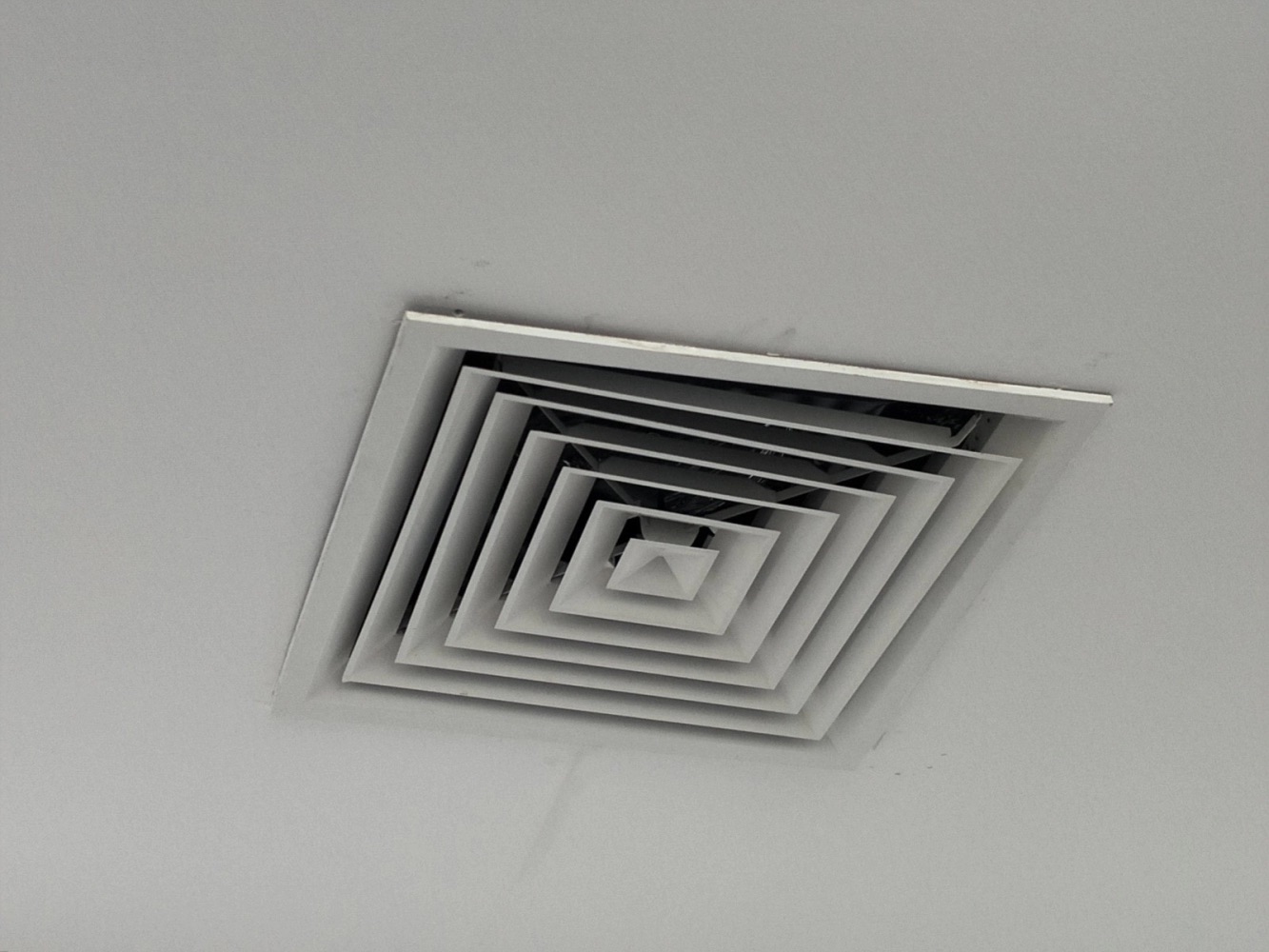

Articles
What Is HVAC Diffuser
Modified: December 7, 2023
Learn about diffusers in HVAC systems in our informative articles. Discover how diffusers work and their importance in air distribution.
(Many of the links in this article redirect to a specific reviewed product. Your purchase of these products through affiliate links helps to generate commission for Storables.com, at no extra cost. Learn more)
Introduction
Welcome to the world of HVAC, where heating, ventilation, and air conditioning systems play a vital role in ensuring comfort and indoor air quality. An essential component of any HVAC system is a diffuser. You may have come across this term before, but what exactly is a diffuser in the realm of HVAC?
A diffuser in HVAC is a device designed to distribute heated or cooled air from the ventilation system into occupied spaces. It is responsible for delivering conditioned air efficiently while maintaining a comfortable and consistent airflow throughout the room. In simple terms, the diffuser acts as the gateway between the HVAC system and the rooms it serves.
Understanding the components, types, functions, and benefits of a diffuser can help you make informed decisions when designing, installing, and maintaining an HVAC system. So, let’s dive deeper into the world of diffusers and explore their importance in HVAC systems.
Key Takeaways:
- Diffusers in HVAC systems play a crucial role in distributing conditioned air, maintaining comfort, and enhancing indoor air quality. Understanding their components, types, and functions is essential for effective HVAC system design and operation.
- Selecting the right diffuser for an HVAC system involves considering factors such as airflow requirements, adjustability, noise considerations, aesthetics, maintenance needs, and budget constraints. Proper installation, maintenance, and troubleshooting techniques are vital for optimizing diffuser performance and ensuring occupant comfort.
Read more: What Is An Oil Diffuser
Definition of a Diffuser in HVAC
A diffuser in HVAC is a device that is installed at the end of the ductwork to distribute the conditioned air from the HVAC system evenly throughout a room or space. It is responsible for controlling the direction, velocity, and volume of the air stream, ensuring proper air distribution and maintaining occupant comfort. The diffuser diffuses the air, redirecting it in various directions and preventing direct drafts or concentrated airflow.
Components of a Diffuser
A diffuser typically consists of several key components:
- Air Outlet: This is the visible part of the diffuser from which the conditioned air is released into the room.
- Diffuser Face: The face is the surface area of the diffuser that helps distribute the air evenly and control the direction of the airflow.
- Plenum Box: The plenum box connects the diffuser to the ductwork and provides a space for the airflow to mix and transition smoothly before reaching the diffuser face.
- Adjustable Blades or Vanes: These are movable components within the diffuser that allow for the adjustment of airflow direction and volume.
- Dampers: Some diffusers may have dampers, which are adjustable plates that regulate the amount of airflow passing through the diffuser.
These components work together to ensure effective air distribution and comfort in the occupied space.
Continue the remaining content with other titles and subtitles.
Key Takeaways:
- Diffusers in HVAC systems play a crucial role in distributing conditioned air, maintaining comfort, and enhancing indoor air quality. Understanding their components, types, and functions is essential for effective HVAC system design and operation.
- Selecting the right diffuser for an HVAC system involves considering factors such as airflow requirements, adjustability, noise considerations, aesthetics, maintenance needs, and budget constraints. Proper installation, maintenance, and troubleshooting techniques are vital for optimizing diffuser performance and ensuring occupant comfort.
Read more: What Is An Oil Diffuser
Definition of a Diffuser in HVAC
A diffuser in HVAC is a device that is installed at the end of the ductwork to distribute the conditioned air from the HVAC system evenly throughout a room or space. It is responsible for controlling the direction, velocity, and volume of the air stream, ensuring proper air distribution and maintaining occupant comfort. The diffuser diffuses the air, redirecting it in various directions and preventing direct drafts or concentrated airflow.
The primary function of a diffuser is to disperse the conditioned air in a way that creates a comfortable and uniform airflow pattern within the space. It helps to eliminate hot or cold spots and uneven airflow, achieving thermal comfort for occupants. The diffuser also plays a crucial role in maintaining indoor air quality by distributing fresh, filtered air and removing stale air from the room.
Diffusers are commonly installed in commercial buildings, residences, and other spaces where HVAC systems are used. They come in various sizes, shapes, and designs to suit different applications and aesthetic preferences.
Diffusers often have adjustable blades or vanes that allow for the customization of airflow direction and volume. This feature enables occupants to have some control over the distribution of air in the room, ensuring individual comfort preferences are met.
In addition to providing air distribution, diffusers can also serve as aesthetic elements in interior design. They come in a variety of styles and finishes that can complement the overall aesthetics of a room or space.
Overall, a diffuser is an essential component of an HVAC system as it ensures proper air distribution, comfort, and indoor air quality. It works hand in hand with other HVAC components, such as ductwork and air handling units, to create a well-balanced and efficient system.
Now that we have explored the definition and purpose of a diffuser in HVAC, let’s delve into the various types of diffusers available in the market and their specific functions.
Components of a Diffuser
A diffuser typically consists of several key components that work together to ensure effective air distribution:
- Air Outlet: This is the visible part of the diffuser from which the conditioned air is released into the room. It can be round, square, or rectangular in shape, depending on the design.
- Diffuser Face: The face is the surface area of the diffuser that helps distribute the air evenly and control the direction of the airflow. It is designed with a series of slots, perforations, or louvers to create a desirable airflow pattern.
- Plenum Box: The plenum box connects the diffuser to the ductwork and provides a space for the airflow to mix and transition smoothly before reaching the diffuser face. It ensures a proper distribution of air and helps reduce noise generated by the HVAC system.
- Adjustable Blades or Vanes: These are movable components within the diffuser that allow for the adjustment of airflow direction and volume. The blades or vanes can be manually adjusted to control the airflow pattern and velocity to meet specific comfort requirements. They are particularly useful in spaces where the ventilation needs may change over time.
- Dampers: Some diffusers may have dampers, which are adjustable plates that regulate the amount of airflow passing through the diffuser. Dampers are often used in commercial buildings where precise control over airflow and temperature is desired.
These components, working together, help create a balanced and comfortable indoor environment by enabling control over the airflow direction, distribution, and velocity.
It’s important to note that the design and components of a diffuser may vary based on the specific application, HVAC system design, and aesthetic considerations. Different types of diffusers have distinct features to cater to different airflow requirements and architectural preferences.
Now that we have a clear understanding of the components of a diffuser, let’s explore the various types of diffusers commonly used in HVAC systems and their specific functions.
Read more: What Oil To Use In A Diffuser
Types of Diffusers
Diffusers come in a variety of types, each designed to meet specific airflow and aesthetic requirements. Here are some common types of diffusers used in HVAC systems:
- Ceiling Diffusers: Ceiling diffusers are the most common type of diffusers and are typically mounted on the ceiling. They come in various shapes, including square, rectangular, and round. Ceiling diffusers are designed to provide a 360-degree airflow pattern and are often used in commercial buildings, offices, schools, and other large spaces.
- Linear Slot Diffusers: Linear slot diffusers feature a long, rectangular design and are installed along walls or ceilings. They provide a linear airflow pattern and are commonly used in applications where a sleek and modern aesthetic is desired, such as contemporary office spaces, auditoriums, or retail environments.
- Swirl Diffusers: Swirl diffusers are characterized by their unique design, which creates a swirling or circular airflow pattern. They are often used in spaces where draft-free comfort is paramount, such as conference rooms, theaters, and high-end residential areas. Swirl diffusers can be mounted on the ceiling or walls.
- Displacement Diffusers: Displacement diffusers supply conditioned air at low velocity near the floor level. This type of diffuser is commonly used in environments where occupants are seated or in areas with specific heat load requirements, such as offices, classrooms, or computer server rooms.
- Floor Diffusers: Floor diffusers are designed to be installed at ground level and provide a diffused airflow upwards. They are often used in underfloor air distribution systems and are suitable for spaces with raised floors, such as data centers or server rooms. Floor diffusers offer effective air distribution while maintaining an unobtrusive appearance.
- Jet Diffusers: Jet diffusers are designed to project a high-velocity stream of air over long distances. They are typically used in large industrial spaces, exhibition halls, or gymnasiums where the need for air throw is essential. Jet diffusers can be mounted on walls or ceilings.
Each type of diffuser has its unique characteristics, which determine the airflow pattern, velocity, and throw. When selecting a diffuser, factors such as room size, purpose, architectural design, and occupant comfort requirements need to be carefully considered.
Now that we have explored the types of diffusers, let’s delve into the important function that diffusers perform in HVAC systems.
Function of a Diffuser in HVAC Systems
The function of a diffuser in HVAC systems is to distribute the conditioned air from the ventilation system into the occupied space in a controlled and comfortable manner. Here are some key functions that diffusers perform:
- Air Distribution: The primary function of a diffuser is to distribute the air evenly throughout the room or space. It ensures that the conditioned air is not concentrated in a particular area, preventing drafts or hot/cold spots. The diffuser disperses the air in multiple directions, creating a comfortable airflow pattern.
- Air Velocity Control: Diffusers allow for the adjustment of air velocity. This is particularly important in spaces where different levels of airflow are desired, such as cooling or heating high-occupancy areas. By adjusting the blades or vanes on the diffuser, the velocity of the air can be controlled to meet specific comfort requirements.
- Air Direction Control: Diffusers play a crucial role in directing the airflow in the desired direction. They can be adjusted to direct the air towards specific areas or away from obstacles, ensuring optimal air circulation and comfort. This function is particularly useful in spaces with varying ventilation needs or where specific areas require more or less airflow.
- Aesthetic Integration: Diffusers are available in various shapes, sizes, and designs, allowing them to seamlessly integrate with the overall aesthetics of the room or space. They can be customized to match the architectural style of the building and contribute to a visually pleasing environment.
- Noise Reduction: Diffusers help reduce noise generated by the HVAC system. The plenum box and diffuser face design help to minimize airflow noise, ensuring a quiet and peaceful environment. This is especially important in spaces where noise control is crucial, such as offices, meeting rooms, or healthcare facilities.
By fulfilling these functions, diffusers ensure effective air distribution, maintain occupant comfort, and provide a visually pleasing environment. They work in conjunction with other HVAC components, such as ductwork and air handling units, to create a well-balanced and efficient ventilation system.
Next, let’s explore the importance and benefits of using a diffuser in HVAC systems.
A diffuser in HVAC systems is a device that helps distribute air evenly throughout a room. To ensure optimal performance, make sure to clean and maintain your diffusers regularly to prevent any blockages or obstructions.
Importance and Benefits of Using a Diffuser
The use of a diffuser in HVAC systems is essential for several reasons. Let’s explore the importance and benefits of incorporating a diffuser into an HVAC system:
- Enhanced Air Distribution: One of the primary benefits of using a diffuser is the improved air distribution it provides. By dispersing the conditioned air in multiple directions, a diffuser helps eliminate drafts and hot/cold spots within a room, ensuring even and comfortable airflow.
- Improved Thermal Comfort: Diffusers play a crucial role in maintaining thermal comfort. By controlling the direction, velocity, and volume of the air stream, diffusers help ensure that occupants are not subject to uncomfortable drafts or stagnant air. This contributes to a pleasant indoor environment and improves occupant productivity and well-being.
- Reduced Noise: Diffusers not only distribute air but also help minimize the noise generated by the HVAC system. The design of the plenum box and diffuser face helps to attenuate airflow noise, resulting in a quieter and more peaceful environment. This is particularly important in environments such as offices, classrooms, and healthcare facilities where noise control is crucial.
- Customizable Airflow: With adjustable blades or vanes, diffusers offer the flexibility to customize the airflow direction and velocity according to specific comfort requirements. This allows occupants to have some control over their immediate environment, enhancing occupant satisfaction and comfort.
- Aesthetic Integration: Diffusers are available in various styles, shapes, and finishes, allowing them to seamlessly integrate with the architectural design of a space. They can blend in discreetly or become a design element, enhancing the overall aesthetic appeal of a room or building.
- Improved Indoor Air Quality: Diffusers play an important role in maintaining indoor air quality. They distribute filtered and conditioned air, ensuring a fresh and healthy environment. Diffusers also help remove stale air from the room, preventing the accumulation of pollutants and enhancing overall indoor air quality.
By incorporating a diffuser into an HVAC system, building occupants can enjoy enhanced comfort, improved air distribution, and a visually appealing environment. Diffusers contribute to occupant well-being, productivity, and satisfaction.
Now that we recognize the importance and benefits of using a diffuser, let’s explore how a diffuser works in an HVAC system.
How a Diffuser Works in HVAC Systems
A diffuser is a key component of an HVAC system that plays a crucial role in the distribution of conditioned air. Understanding how a diffuser works is essential to comprehend its function within the overall HVAC system. Here’s a breakdown of how a diffuser operates:
1. Air Supply: The diffuser receives conditioned air from the HVAC system through the ductwork. The air is typically supplied at a fixed pressure and temperature, depending on the system design and requirements.
2. Plenum Box: The conditioned air enters a plenum box, which is a chamber that allows the air to mix and transition smoothly before reaching the diffuser face. This helps ensure an even distribution of air and reduces noise created by the airflow.
3. Diffuser Face: The air then passes through the diffuser face, which is the visible part of the diffuser. The diffuser face is designed with slots, perforations, or louvers to control the direction and pattern of the airflow. These elements help distribute the air evenly and prevent direct drafts or concentrated airflow.
4. Air Dispersal: As the conditioned air passes through the diffuser face, it is dispersed into the occupied space. The diffuser’s design and configuration determine the airflow pattern, such as a 360-degree distribution for ceiling diffusers or a linear distribution for linear slot diffusers.
5. Adjustable Blades or Vanes: Many diffusers are equipped with adjustable blades or vanes, which allow for further control over the direction and volume of the airflow. These blades or vanes can be manually adjusted to direct the air towards specific areas or away from obstacles, providing flexibility in air distribution.
6. Airflow Velocity and Throw: The diffuser also influences the velocity and throw of the airflow. The size and design of the diffuser face, along with the adjustable components, help control the air velocity to meet specific comfort requirements. This ensures that the conditioned air reaches the intended areas and achieves the desired thermal comfort.
7. Air Return: After providing comfort to occupants, the air eventually returns to the HVAC system via return grilles or dedicated return ducts. The return air is then reintroduced to the HVAC system for conditioning and recirculation.
By controlling the direction, pattern, velocity, and volume of the conditioned air, a diffuser ensures efficient air distribution and thermal comfort within the occupied space. It plays a vital role in maintaining a balanced and comfortable environment while delivering fresh, filtered air and providing occupants with control over their immediate surroundings.
Next, let’s explore the factors to consider when selecting a diffuser for an HVAC system.
Read more: What Is A Diffuser On A Hair Dryer
Factors to Consider When Selecting a Diffuser
When selecting a diffuser for an HVAC system, several factors need to be considered to ensure optimal performance and occupant comfort. Here are some key factors to keep in mind:
- Airflow Requirements: Consider the specific airflow requirements of the space. Factors such as room size, occupancy, and ventilation needs will dictate the volume of air that needs to be distributed. Ensure that the selected diffuser can meet the required airflow capacity to maintain proper air distribution.
- Airflow Pattern: Different spaces may require different airflow patterns. Consider the desired airflow direction and distribution within the room. Ceiling diffusers provide a 360-degree distribution, while linear slot diffusers offer a linear distribution. Choose a diffuser that aligns with the intended airflow pattern of the space.
- Adjustability: Determine if adjustability is necessary for the diffuser. Adjustable blades or vanes allow for customization of airflow direction and volume. This feature is particularly useful in spaces where the ventilation needs may change over time or where individual comfort preferences are crucial.
- Noise Considerations: Evaluate the noise requirements of the space. Some diffusers are designed to minimize airflow noise, making them suitable for noise-sensitive areas such as offices or healthcare facilities. Select a diffuser that meets the noise control requirements for the specific application.
- Aesthetics: Consider the architectural design and aesthetic requirements of the space. Diffusers come in various shapes, sizes, and finishes to blend seamlessly with the overall design. Choose a diffuser that complements the aesthetics of the room without compromising functionality.
- Maintenance: Evaluate the maintenance requirements of the diffuser. Some diffusers are equipped with removable parts or easy-access panels that facilitate cleaning and filter replacement. Consider ease of maintenance and accessibility when selecting a diffuser.
- Budget: Consider the budget constraints for the project. Diffuser prices can vary depending on the type, size, and features. Ensure that the selected diffuser falls within the allocated budget while meeting the necessary performance and comfort requirements.
By considering these factors, you can select a diffuser that meets the specific needs of the space, ensures proper air distribution, and enhances occupant comfort. Consulting with HVAC professionals or engineers can provide valuable insights and guidance in the selection process.
Next, let’s explore the installation and maintenance of diffusers in HVAC systems.
Installation and Maintenance of a Diffuser
The proper installation and maintenance of a diffuser are crucial to ensure its optimal performance and longevity. Here are some key considerations for the installation and maintenance of a diffuser in an HVAC system:
Installation:
- Location: Determine the optimal location for the diffuser to ensure efficient air distribution and occupant comfort. The diffuser should be strategically placed in the room to provide even airflow without obstructions.
- Mounting: Follow the manufacturer’s guidelines for mounting the diffuser. It should be securely attached to the ductwork or plenum box using appropriate fasteners to prevent dislodgement or vibrations.
- Airflow Direction: Adjust the diffuser blades or vanes to direct the airflow in the desired direction. This will ensure that conditioned air is distributed effectively throughout the space.
- Balancing: Balancing the diffuser ensures an even airflow distribution across all the diffusers in the HVAC system. This can be achieved by adjusting the dampers or the adjustable components of the diffuser to achieve the desired airflow levels in each room.
Maintenance:
- Regular Cleaning: Clean the diffuser regularly to remove dust, dirt, and other particles that may accumulate on the diffuser face. Use a damp cloth or a mild detergent solution to wipe down the diffuser. Avoid using abrasive cleaners or harsh chemicals that can damage the diffuser.
- Filter Replacement: If the diffuser is equipped with a filter, follow the recommended filter replacement schedule. This ensures that the airflow remains clean and free from contaminants.
- Inspect and Repair Damaged Parts: Regularly inspect the diffuser for any signs of damage or wear. Check for loose screws, cracks, or bent blades, and repair or replace any damaged parts to maintain the diffuser’s functionality.
- Maintain Accessible Plenum Boxes: Plenum boxes should be easily accessible for inspection, cleaning, and maintenance. Make sure there is sufficient access space around the plenum box to perform necessary tasks.
- Professional Inspection: Consider scheduling professional inspections of the HVAC system, including the diffusers, on a periodic basis. HVAC technicians can identify potential issues and perform maintenance tasks that may require specialized knowledge or tools.
By following proper installation procedures and implementing a regular maintenance routine, the diffuser can operate effectively and support optimum air distribution and occupant comfort throughout its lifespan.
Now that we understand the installation and maintenance of a diffuser, let’s explore common problems and troubleshooting techniques associated with diffusers in HVAC systems.
Common Problems and Troubleshooting with Diffusers in HVAC Systems
While diffusers are key components of HVAC systems, they can encounter various issues that affect their performance. Here are some common problems that may arise with diffusers in HVAC systems and troubleshooting techniques to resolve them:
- Inadequate Airflow: Insufficient airflow from a diffuser can result from blockages in the ductwork, a clogged filter, or incorrect damper settings. Check for any obstructions and ensure that the filter is clean. Adjust the dampers or blades to increase the airflow if needed.
- Noisy Operation: If a diffuser is producing excessive noise during operation, it may be due to improper installation, loose components, or airflow turbulence. Tighten any loose screws or connections and ensure that the diffuser is securely mounted. If the noise persists, consult an HVAC professional to assess and rectify the issue.
- Uneven Air Distribution: If the airflow from a diffuser is uneven, it may indicate improper adjustment or a damaged component. Check the blades or vanes and ensure they are aligned correctly and undamaged. Adjust or replace any defective components to achieve balanced airflow distribution.
- Condensation Issues: Condensation forming on or around the diffuser may be a sign of excessive humidity or poor insulation. Verify that the humidity levels are within the recommended range and assess the insulation around the ductwork to prevent condensation buildup.
- Diffuser Discoloration: Over time, diffusers may accumulate dirt, grime, or discoloration. Regular cleaning using mild detergents or specialized cleaning solutions can help maintain the appearance of the diffuser. Avoid using abrasive cleaners that may scratch or damage the diffuser surface.
- Incorrect Airflow Direction: If the airflow direction from a diffuser is incorrect, it may be due to misaligned or improperly adjusted blades or vanes. Consult the manufacturer’s instructions to ensure that these components are set correctly for the desired airflow direction.
- Obstructed Diffuser Face: Objects or debris blocking the diffuser face can obstruct airflow and affect its performance. Regularly check and clean the diffuser face to remove any obstructions and ensure proper airflow distribution.
In some cases, it may be necessary to consult an HVAC professional for complex troubleshooting or issues that require specialized expertise. Their knowledge and experience can help diagnose and resolve diffuser-related problems effectively.
By promptly addressing and troubleshooting any issues with diffusers, you can ensure their proper functionality, optimize air distribution, and maintain occupant comfort within the space.
Now, let’s conclude our discussion on diffusers in HVAC systems.
Conclusion
Diffusers play a critical role in HVAC systems by efficiently distributing conditioned air into occupied spaces, ensuring optimal air distribution, and maintaining occupant comfort. Understanding the importance, components, types, functions, and maintenance of diffusers is essential for designing, installing, and maintaining an effective HVAC system.
Diffusers come in various types, including ceiling diffusers, linear slot diffusers, swirl diffusers, displacement diffusers, floor diffusers, and jet diffusers. Each type offers specific benefits and airflow characteristics, allowing for customization and flexibility in air distribution.
When selecting a diffuser, key factors must be considered, such as airflow requirements, airflow pattern, adjustability, noise considerations, aesthetics, maintenance needs, and budget constraints. These factors ensure that the chosen diffuser aligns with the specific requirements of the space and meets the desired comfort and performance standards.
The installation and maintenance of diffusers are vital to their proper functionality. Following proper installation practices, such as mounting the diffuser securely, adjusting airflow direction, and balancing the airflow, is essential. Regular cleaning, filter replacement, inspection for damage, and professional maintenance inspections contribute to the longevity and efficient operation of the diffuser.
Common problems with diffusers, such as inadequate airflow, noisy operation, uneven air distribution, condensation issues, discoloration, incorrect airflow direction, and obstructions, can be addressed through troubleshooting techniques. Regular maintenance and prompt resolution of these issues help optimize diffuser performance and maintain occupant comfort.
Overall, diffusers are indispensable components of HVAC systems, contributing to thermal comfort, indoor air quality, and aesthetic integration. By understanding how diffusers work, selecting the appropriate type, ensuring proper installation and maintenance, and addressing any issues that may arise, it is possible to achieve an efficient and comfortable indoor environment.
So, whether you’re designing a new HVAC system or maintaining an existing one, remember the importance of diffusers and their role in delivering efficient airflow, comfort, and well-being for building occupants.
Frequently Asked Questions about What Is HVAC Diffuser
Was this page helpful?
At Storables.com, we guarantee accurate and reliable information. Our content, validated by Expert Board Contributors, is crafted following stringent Editorial Policies. We're committed to providing you with well-researched, expert-backed insights for all your informational needs.
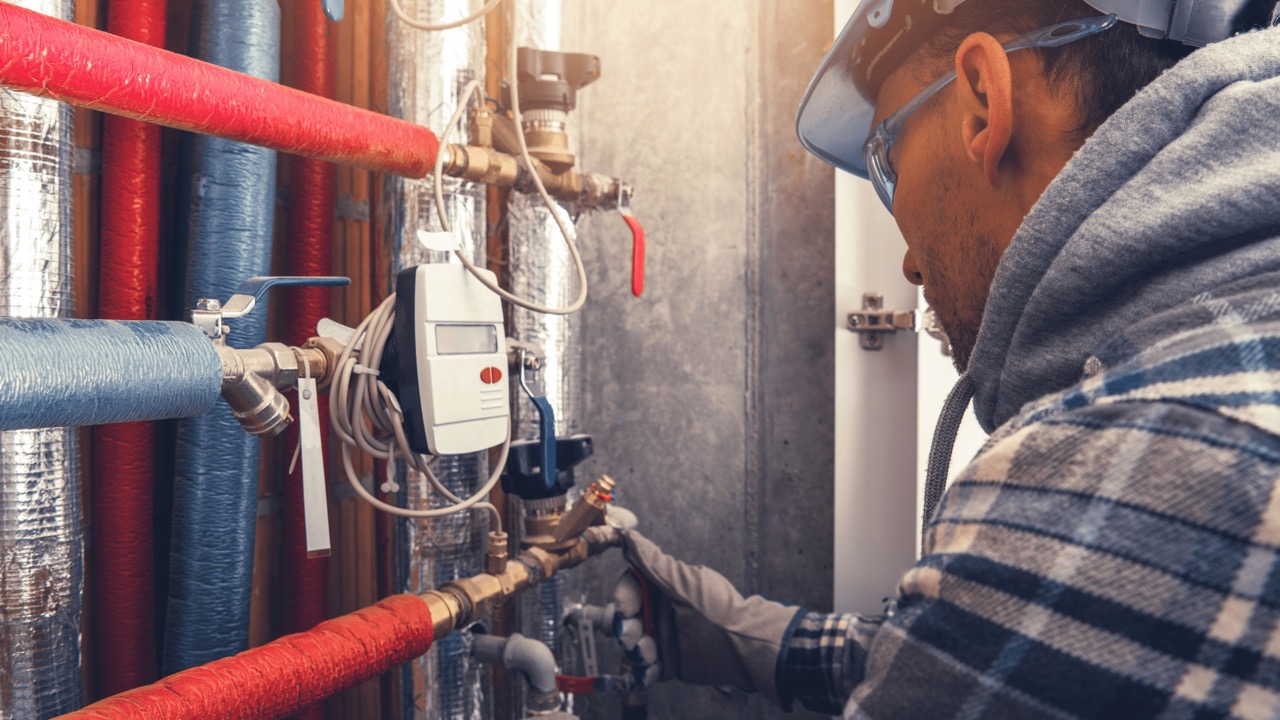
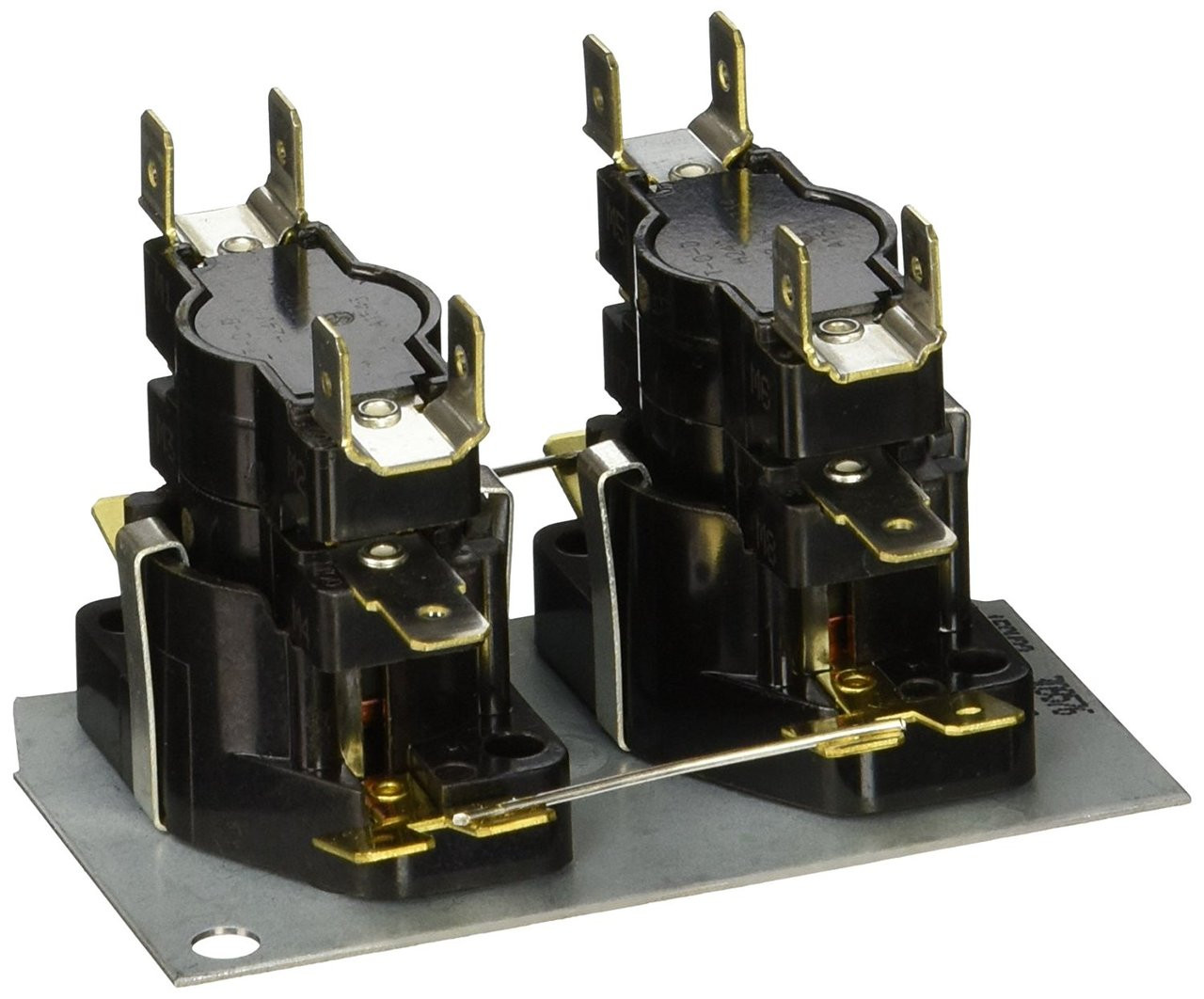

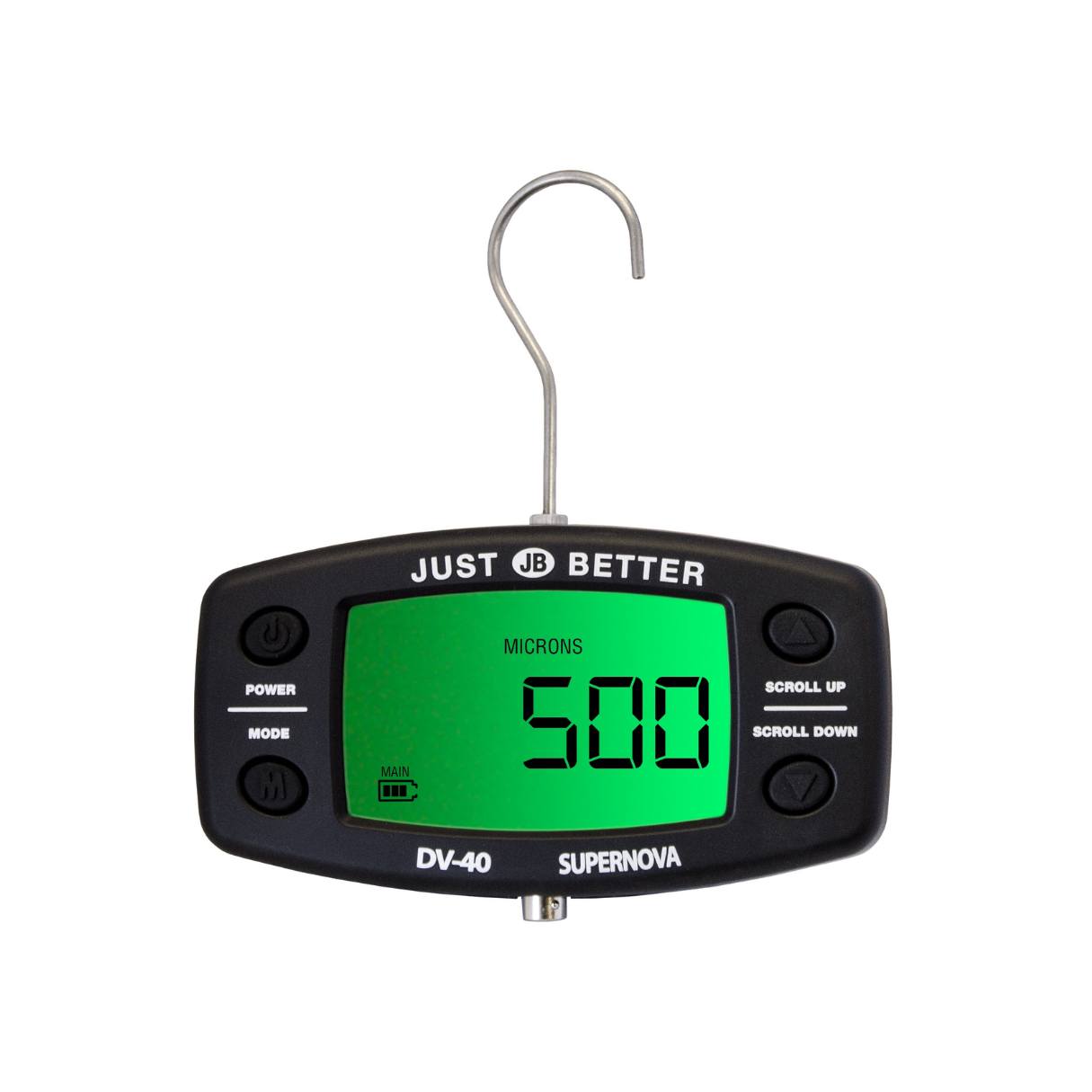
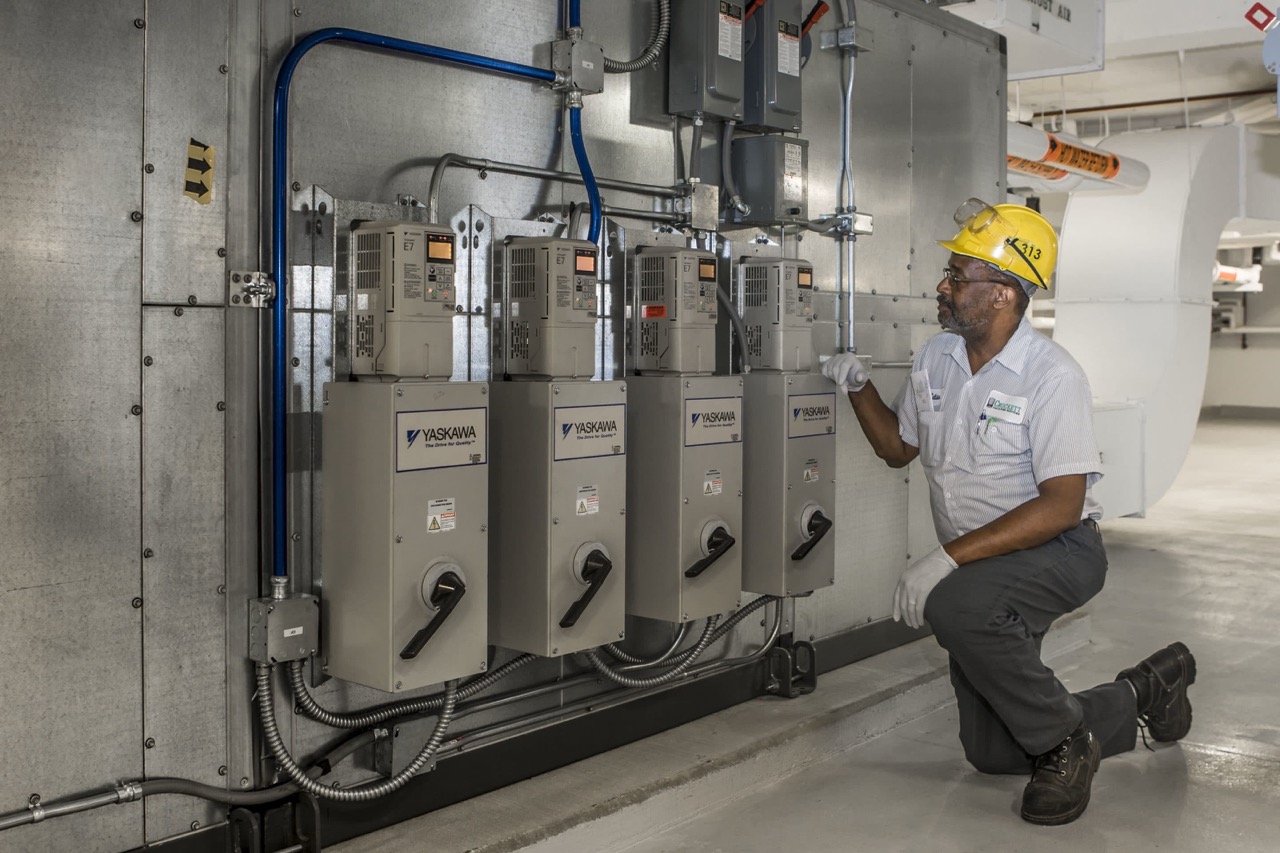
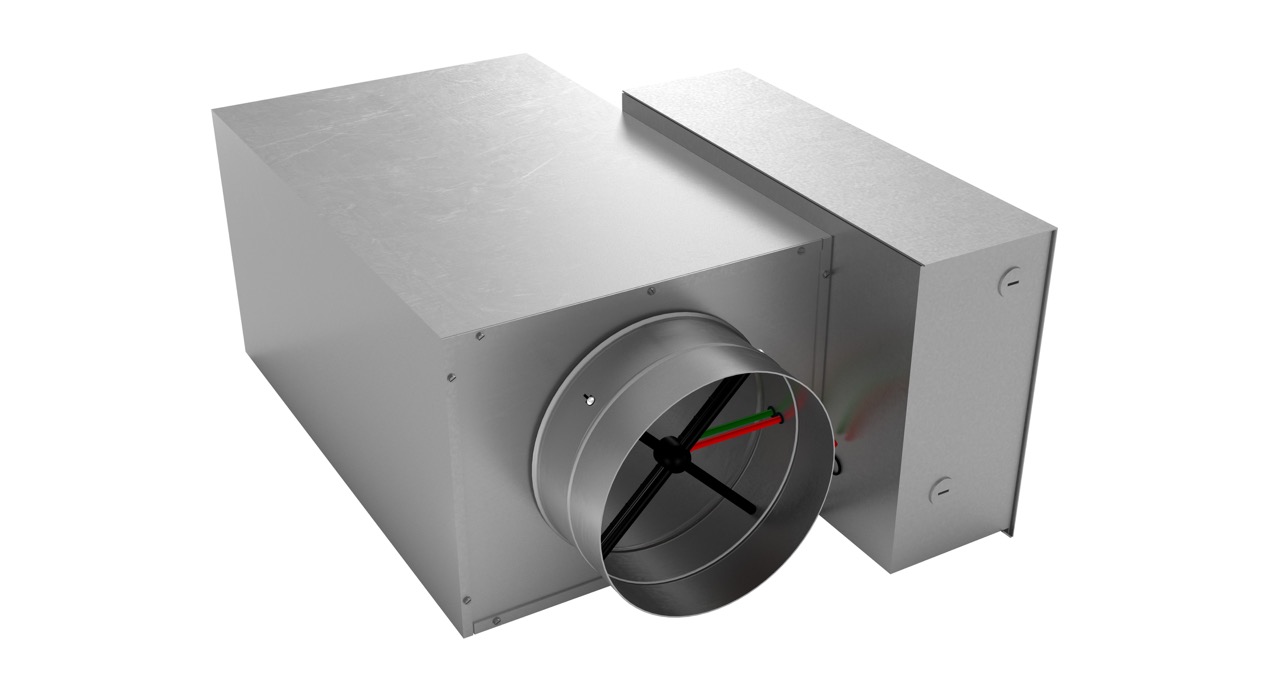
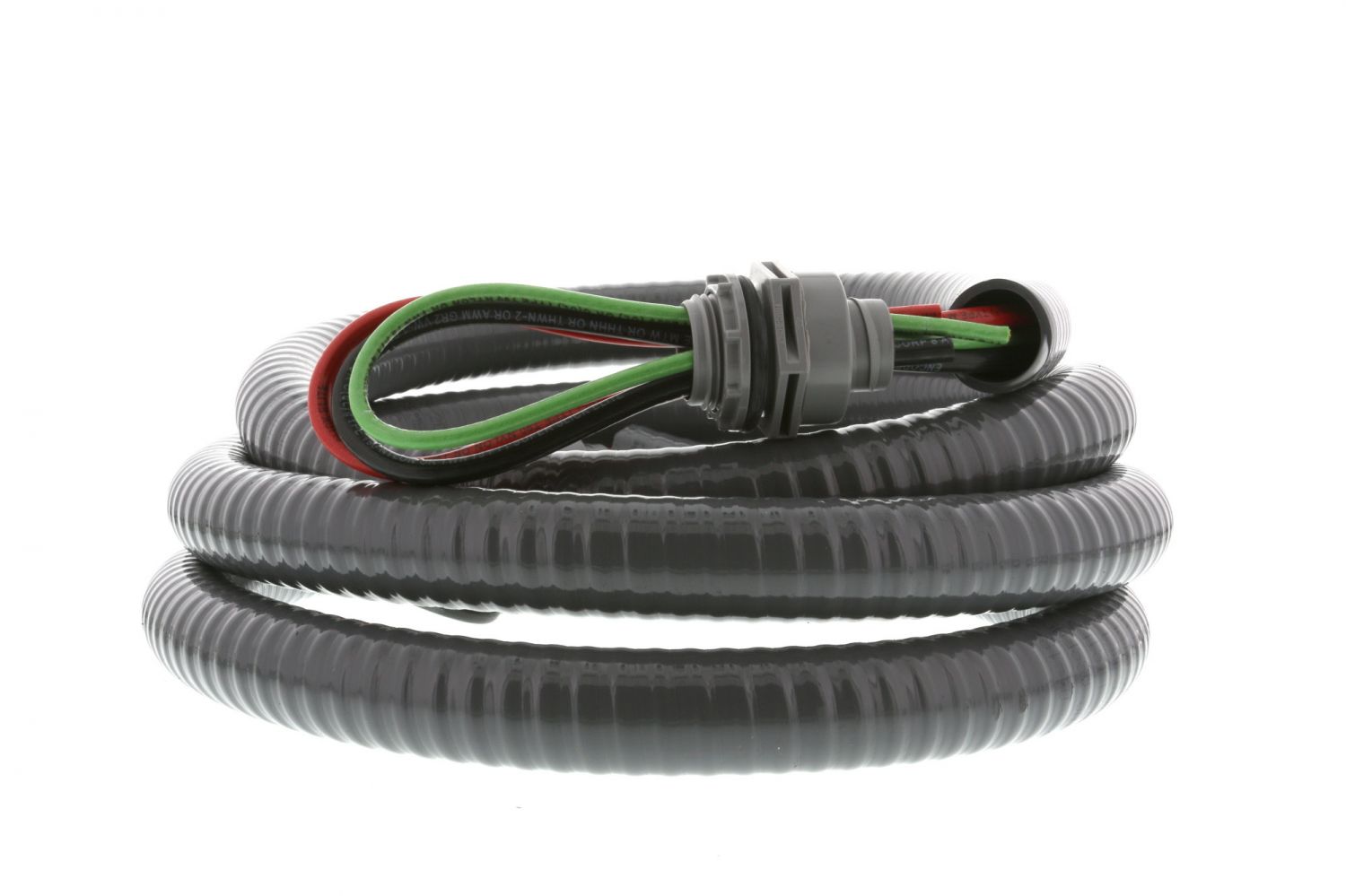
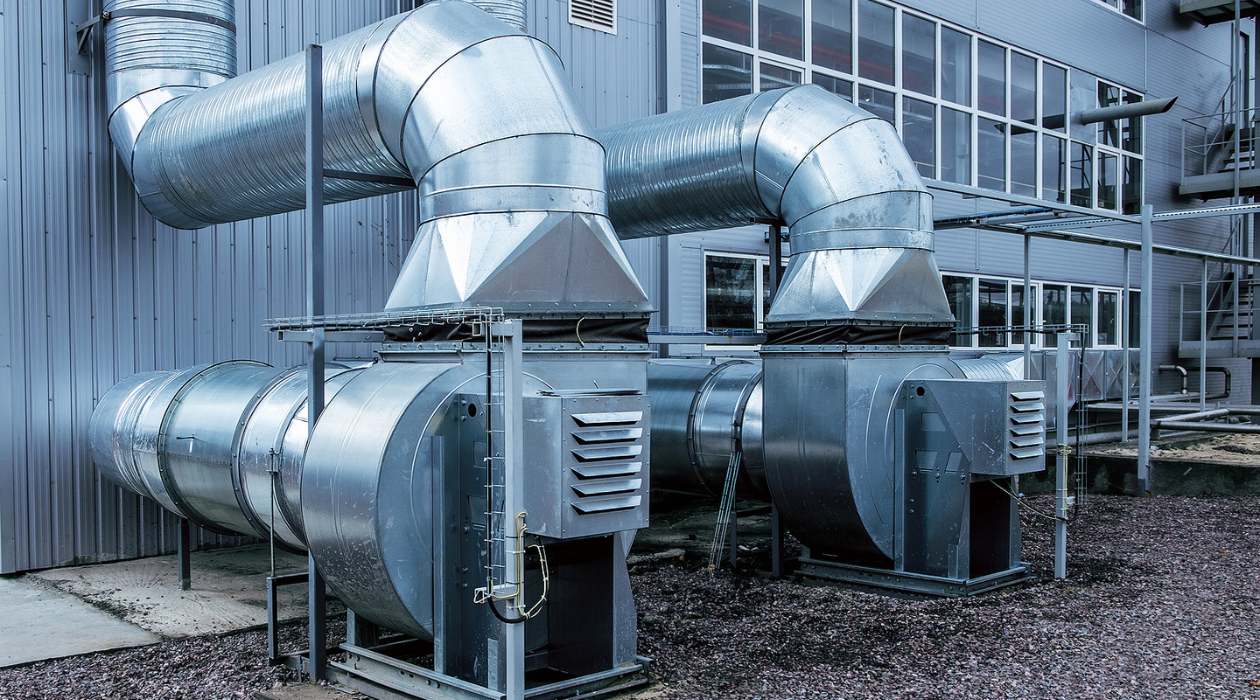
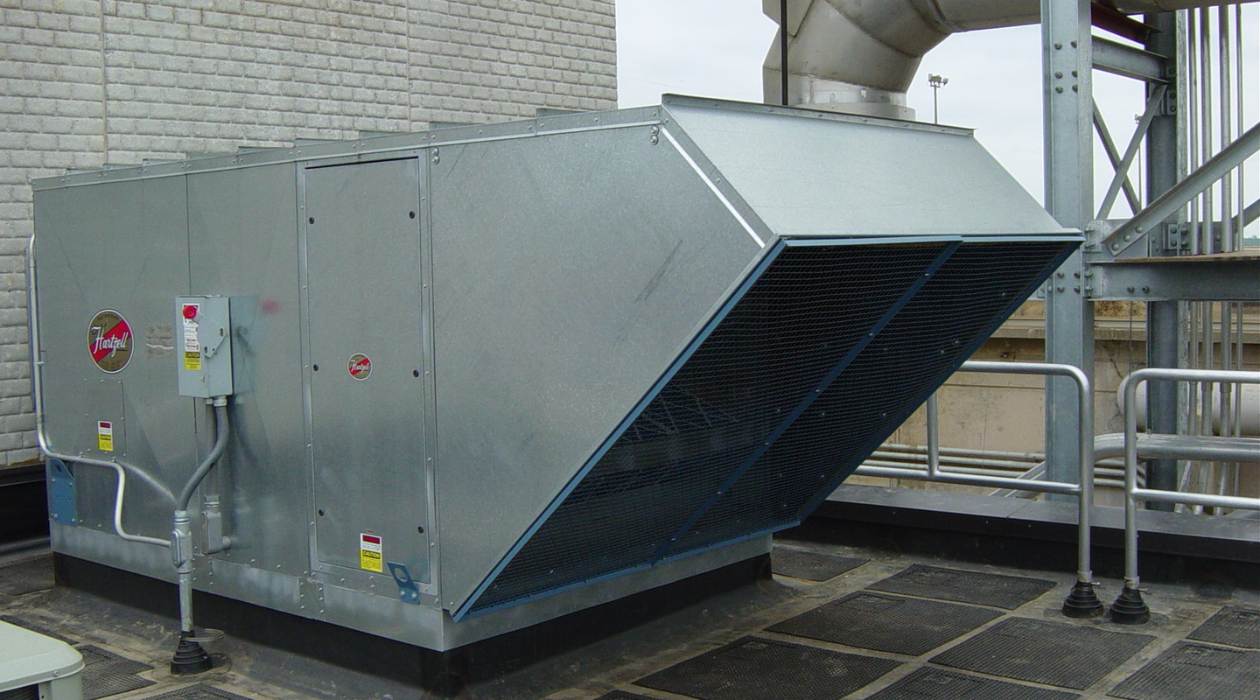
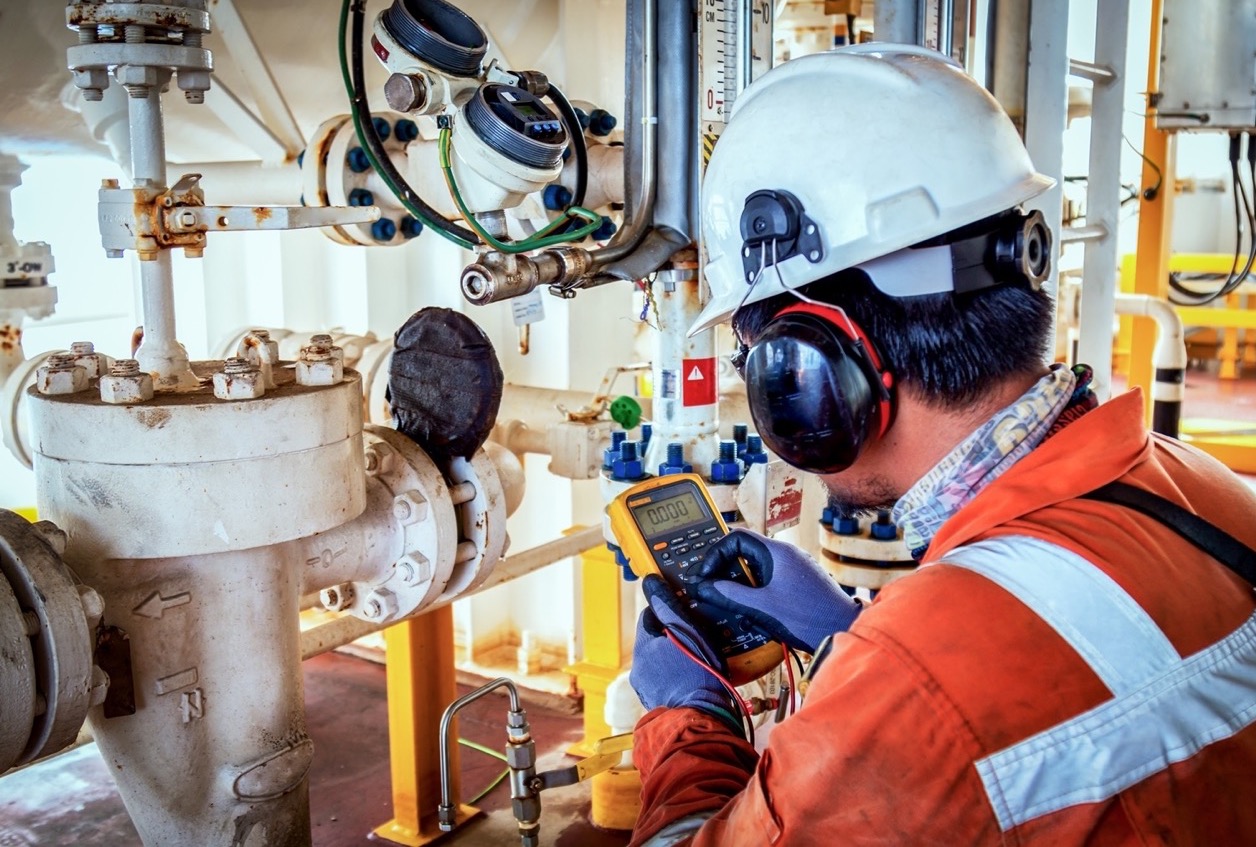
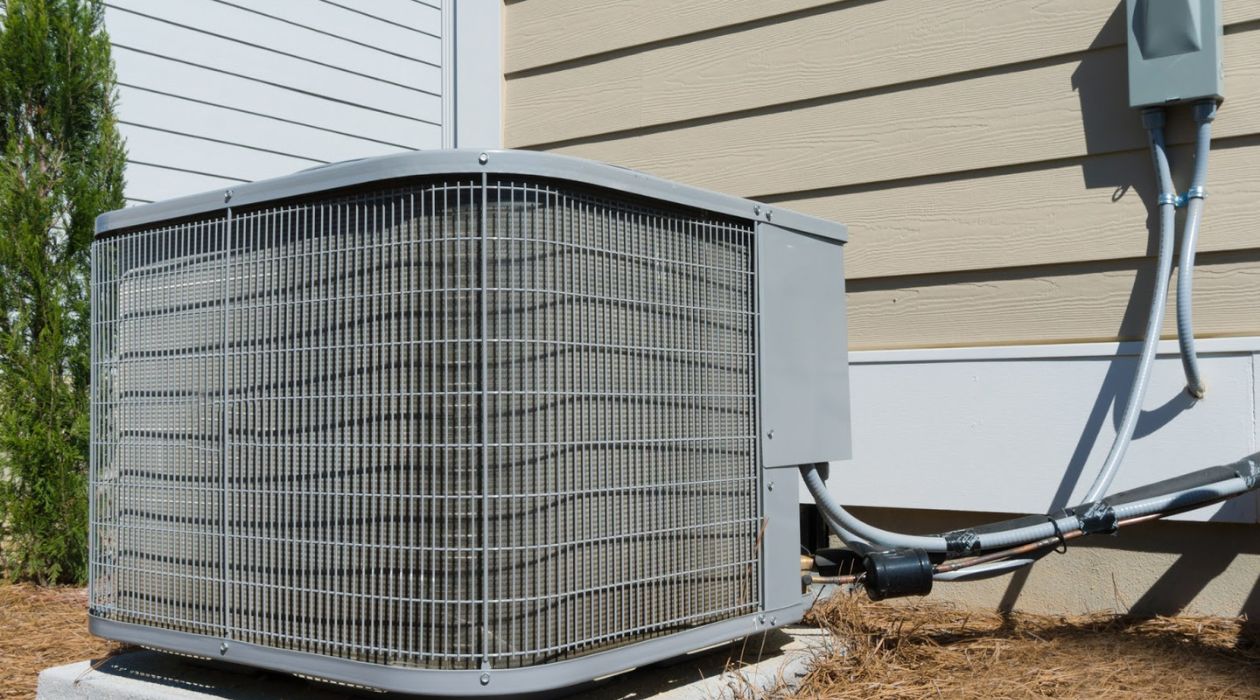
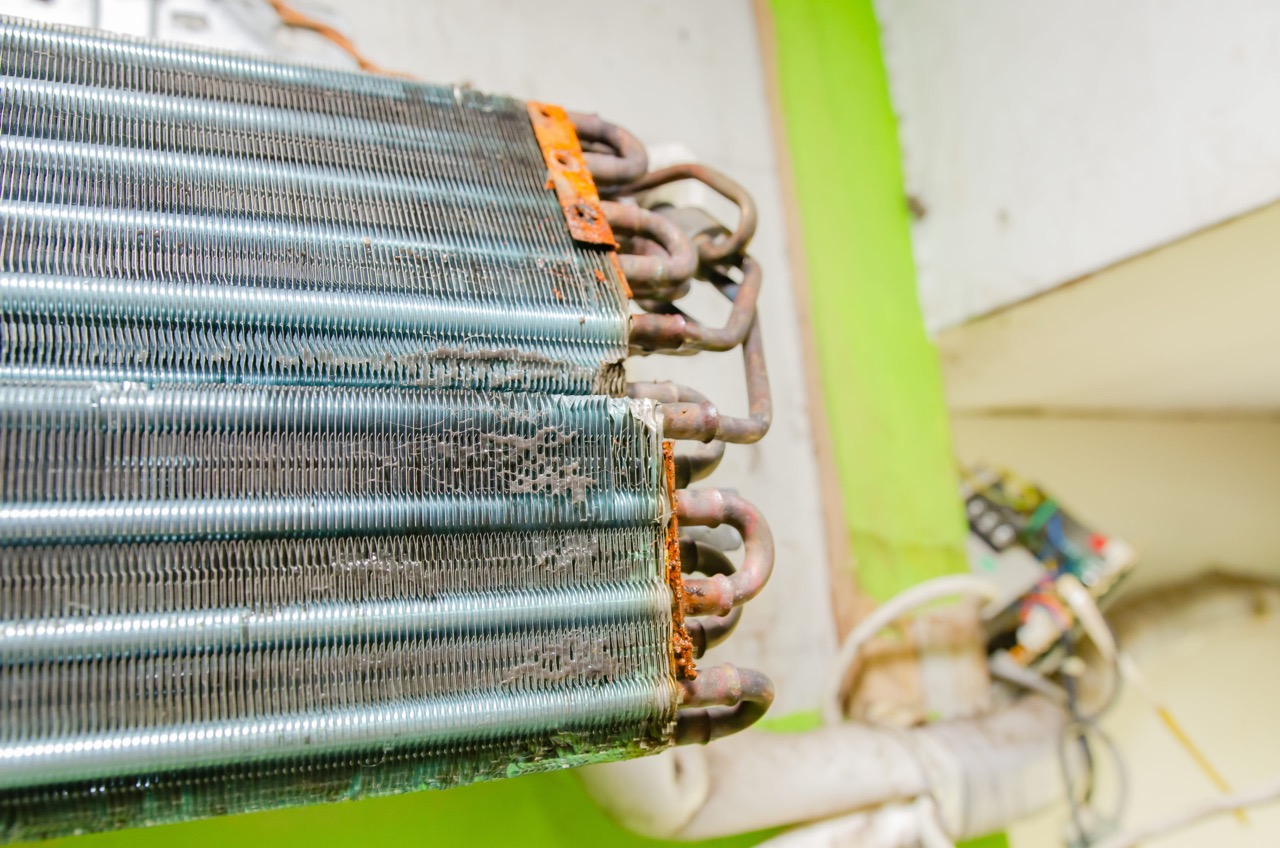
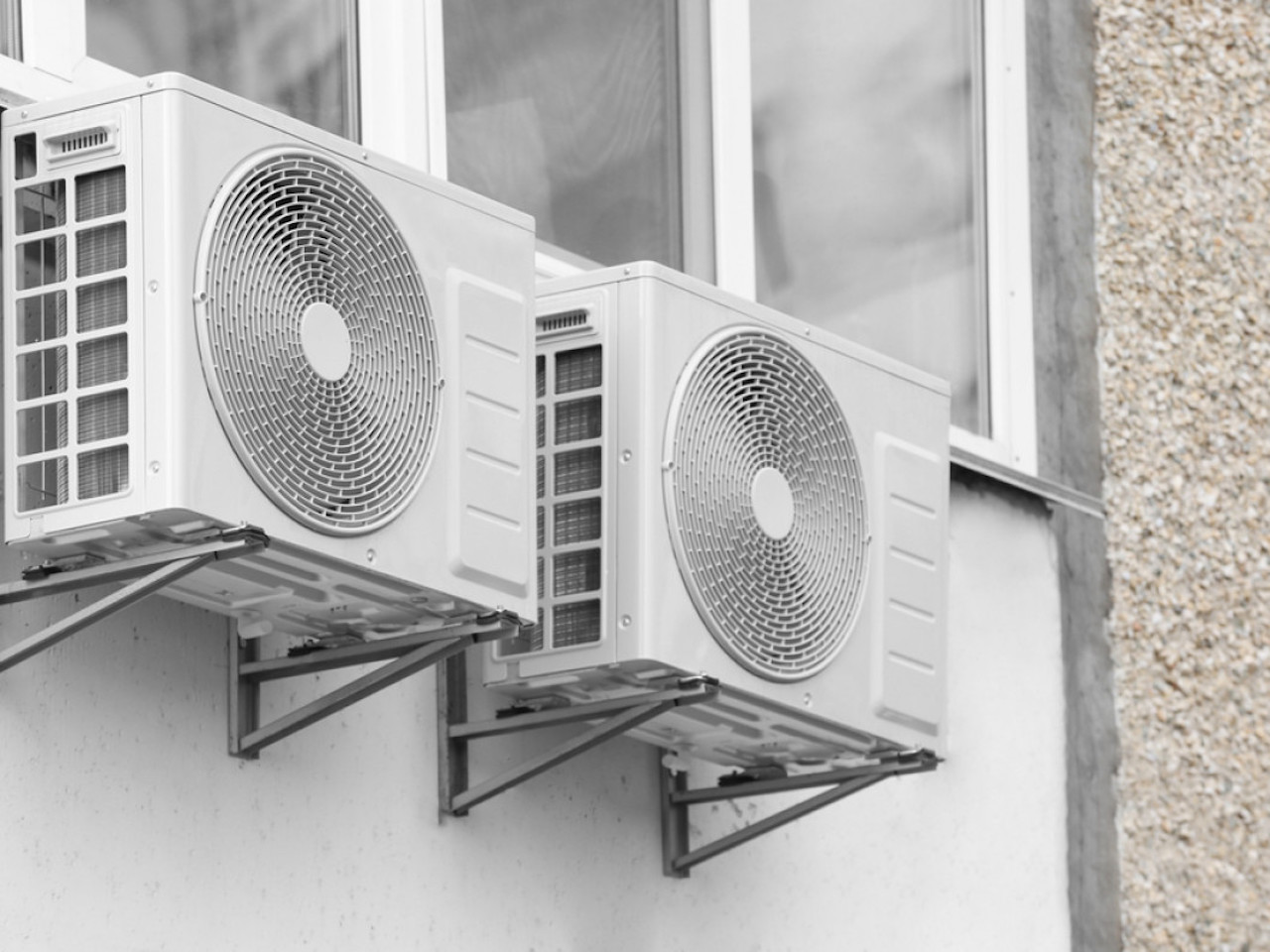

0 thoughts on “What Is HVAC Diffuser”